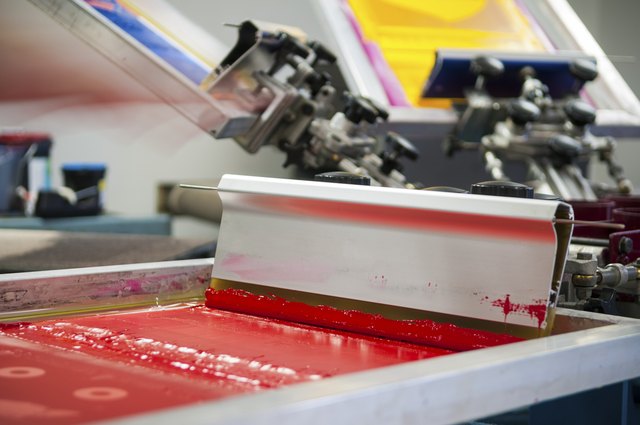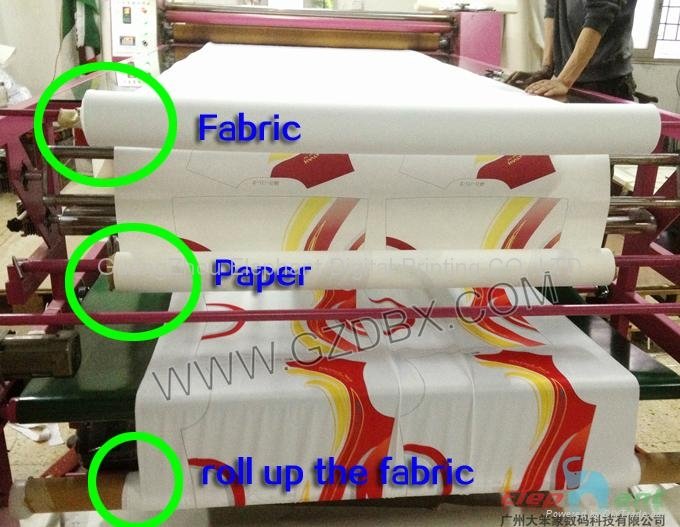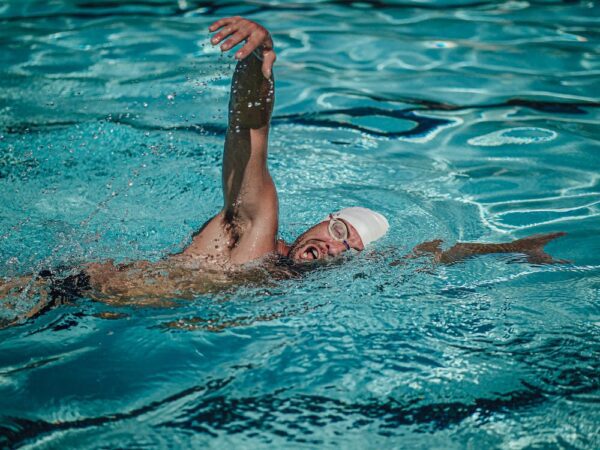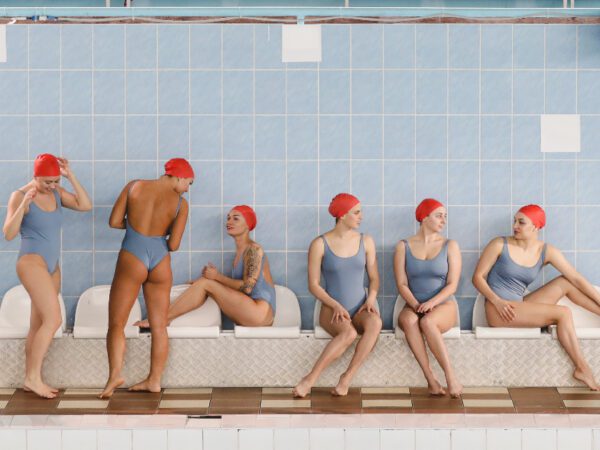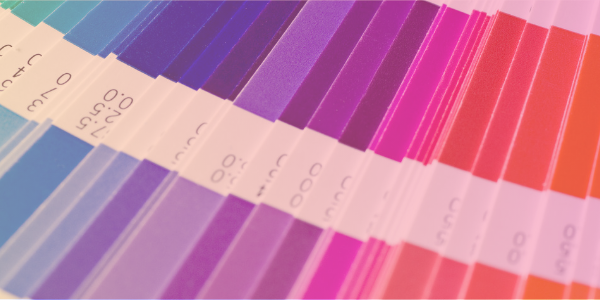
Wholesale Custom Fabric Printing Options
What are the different methods of Custom Fabric Printing? (And why do they matter?) Being part of the textile industry, it’s common to hear words like screen printing, digital sublimation printing, and even digital ink direct printing. These custom fabric printing options are in mills across the world so we decided to find out more about it. Ready to learn more?
Flat-Bed Screen Printing
We’ll be going over two popular types of screen printing. Flat-bed screen printing and rotary screen printing. In this first type of screen printing process, process involves creating a flat-bed screen and then using them to apply layers of ink on the printing surface. Each color is applied using a different screen, one at a time. Once all the colors are combined, the print achieves its final look.
First, the printing process involves a device that allows for precise straight feeding of the fabric onto a rubber blanket. As fabric feeds through the machine, it is lightly glued to the blanket to prevent any movement during the printing process. The blanket then carries the fabric under the screens, which are in the raised position. Once under the screens, the fabric stops so the screens can lower and a squeegee moves across each screen to push the color paste through the design areas of the screens. Depending on the number of colors in the print, a screen must be made for each color. The screens are raised, the blanket precisely moves the fabric to the next color, and the process is repeated. Once each color has been applied, the fabric is removed from the blanket and then processed.
Advantages:
- High Level of Vibrancy: screen printing is applied thicker than its digital printing counterparts, which results in brighter colors
- Long-Lasting: the composition and thickness of inks mean that prints can withstand far more stress without losing the quality of the print
- Large Order-Friendly: because this method means creating screens for every color in the artwork, it is best for large orders so the cost per unit will be lower
Disadvantages:
- Time & Cost: it is a start-stop operation so the process is slow with production speeds. The cost implications are also an issue due to paying for each individual screen. The more complex or colorful the print the more screens and materials that need to be used
- Limited dimensions: the design repeat size is limited to the width and length dimensions of the flat screen
- Not As Eco-Friendly: efforts are being made to create eco-friendly inks and screens but right now, screen printing wastes a lot of water
- Customization Issues: once the screens are created alterations to the design cannot be done. This is why mills are moving towards digital printing options for not only customization but also from a sustainability aspect as well
Rotary Printing
In operation, rotary screen and screen printing machines are very similar. The process involves initially feeding fabric onto the rubber blanket to avoid print flaws. As the fabric travels under the rotary screens, the screens turn with the fabric. Rotary screens are cylindrical screens that rotate in a fixed position rather than a flat screen that is raised and lowered over the fabric. The print paste is continuously fed to the interior of the screen through a color bar or pipe. As the screen rotates, the squeegee device pushes the print paste through the design areas of the screen onto the fabric. Like screen printing, only one color can be printed by each screen.
Advantages:
- Faster Production Times: converting to a more continuous setup with the rollers rather than the screens allows for faster production times
- Advantages are similar to the flat-bed screen printing process for print quality
Disadvantages:
- Limited dimensions: as with flat-bed screens, the design repeat size is limited to the width and length dimensions of the rotary screen
- Expensive: again, like the flat-bed screening printing, there are also high fixed costs with this style and the creation of the screens. However, rotary printing is not as time-consuming to produce so there is slightly less cost
- Not As Eco-Friendly: screen printing again wastes a lot of water in the printing process and can cause contamination once mixed with dyes
- Customization Issues: changes to the design cannot be redone once the screens are developed
Digital Sublimation Printing
Sublimation printing is a two-step process that begins with a digital art file being printed onto transfer paper by a large format digital printer. The paper then goes into a large heat press alongside a fabric that contains polyester. The heat press method is why sublimation printing is also known as heat transfer printing. This is often done on fabrics containing polyester in the blend because it can withstand higher temperatures during the printing process while nylon cannot. The heat press then warms up to an impressive 370⁰F to allow the dye to transition from a solid to a gas state.
Once they are in a gas state, they permeate the fibers of the fabric. The heat not only releases the gas from the sublimation ink. It also opens the pores of the fabric you are transferring the image onto as a result. The sublimation ink then returns to a solid state once the pressure and heat release. This also causes the fabric pores to close, trapping the ink and the full design in the fabric.
Advantages:
- Long-Lasting: once the colors reach the fiber, they turn solid. This is how the color becomes long-lasting through the sublimation method and the dye doesn’t seem to fade away
- Larger Color Options: sublimation offers a huge array of color options
- Customization: no screens are required, so it is ideal for customizing designs and can allow for easy changing of elements
- Less Waste and Expense: because the process involves turning a solid directly to a gas, there is no water needed for dyeing and paper is recycled after use. Also, no screens need to be made so it is a lower cost per unit
- Great Output: lower costs means that small and large run productions are possible with this method
Disadvantages:
- Slower Production Time: it is slower because of the two tasks of creating the paper and then the heat transferring onto the fabric
- Less Color Vibrancy: while colors options are numerous, duller colors can happen in the transfer from paper to fabric
Digital Ink Direct Printing
The newest custom fabric printing method is digital ink-jet printing. Many individuals see this method as a technique for the future. From a technical standpoint, this process is identical to the ink-jet printer used with nearly every desktop computer. Using a digital art file means designers can change or move from one design to another immediately without any fabric waste. The file, like any printer in your home, prints from the image file on the computer to the inkjet printer. The fabric then feeds through the printer using rollers and ink applies directly to the material through tiny droplets. Finishing the fabric is by using heat or steam to cure the ink.
Advantages:
- Photo-realism: designs of photographic image quality are possible with this technique with its ability to print precise details
- Color Vibrancy: applying ink directly onto the fabric makes neons and colors brighter than using any other process
- Cost Effective: there are minimal setup costs so you can print small and larger quantity orders very cost-effective
Disadvantages:
- Production Times: The current top printing speeds range from 30-70 yards per hour. The rotary screen machine meanwhile produces 50-120 yards per minute. Until technological advancements can be made, production times are longer than both screen printing options.
- Nylon: this method should be done on fabrics with some nylon content due to polyester not being as absorbent with this method
- Some Fading: applying directly on the fabric without any transfer method means there is some initial fading in the first wash
Check out our Pick-A-Print program where brands can get their custom printed fabric for any activewear collection! Choose from thousands of prints in our print libraries or upload your own! PCF offers in-stock base fabrics or production base fabrics for any need.
Learn more about any of these custom fabric printing processes here! If you have any questions or want to know more about our printing options, please call 844-827-4206 today.
5 Comments
-
Appreciating the time and energy you put into your blog and detailed information you present. It’s nice to come across a blog every once in a while that isn’t the same unwanted rehashed material. Fantastic read! I’ve bookmarked your site and I’m adding your RSS feeds to my Google account.
-
Hello to all, it’s actually a pleasant for me to pay a visit this web site, it contains priceless Information.
-
You should take part in a contest for one of the most useful websites on the internet. I will recommend this site!
-
Excellent way of explaining, and pleasant article to get data about my presentation focus, which i am going to convey in school.
-
Excellent post. I was checking constantly this blog and I’m impressed!
Extremely useful information specially the last part 🙂 I care for such info much.
I was looking for this certain information for a long time.
Thank you and best of luck.





